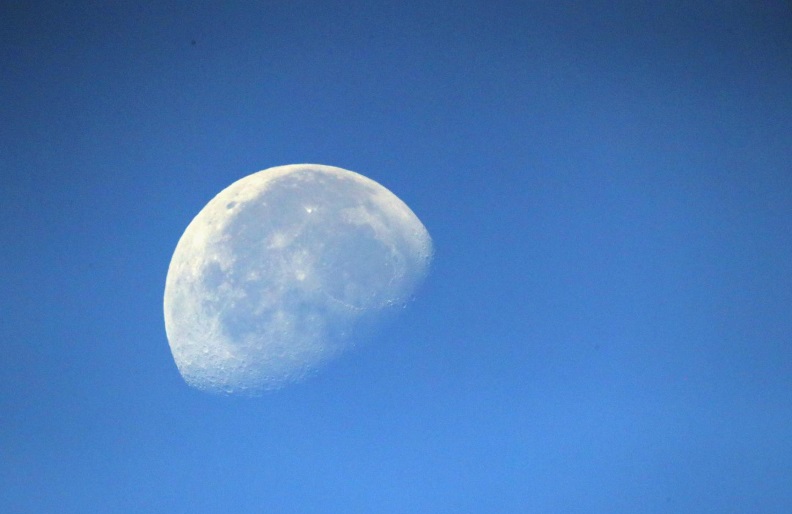Twelve years ago, astronomers confirmed the detection of the first-known natural object to orbit Earth other than the moon—a tiny asteroid known as 2006 RH120.
While scientists have predicted more of these “mini-moons”—tiny asteroids measuring up to 1 to 2 meters (39 to 79 inches) that are temporarily captured around Earth—they have, so far, largely evaded detection by existing technology.
But according to a new review published in the journal Frontiers in Astronomy and Space Sciences, upcoming technologies will be able to regularly detect and track mini-moons, presenting new scientific and commercial opportunities.
Read more: New Telescope Will Hunt for Asteroids on Collision Course with Earth
“Mini-moons can provide interesting science and technology testbeds in near-Earth space,” Robert Jedicke, lead author of the article from the University of Hawaii, said in a statement. “These asteroids are delivered towards Earth from the main asteroid belt between Mars and Jupiter via gravitational interactions with the Sun and planets in our solar system. The challenge lies in finding these small objects, despite their close proximity.”
Given their small size and proximity to Earth, mini-moons could help to drastically improve our understanding of asteroids and the Earth-moon system.
“At present we don’t fully understand what asteroids are made of,” co-author Mikael Granvik, affiliated with both the Luleå University of Technology, Sweden and the University of Helsinki, Finland, said in the statement. “Missions typically return only tiny amounts of material to Earth. Meteorites provide an indirect way of analyzing asteroids, but Earth’s atmosphere destroys weak materials when they pass through.”
“Mini-moons are perfect targets for bringing back significant chunks of asteroid material, shielded by a spacecraft, which could then be studied in detail back on Earth.”
Read more: Here’s What NASA Plans to Do to Keep Us Safe From Asteroids
Furthermore, from a technological and commercial perspective, mini-moons could provide an ideal opportunity for the development and testing of asteroid mining and planetary defense technologies (methods to deflect asteroids, for example).
Mini-moons may only make one revolution of Earth before either escaping the gravitational tug of the planet or entering the atmosphere. Because they are so small, faint and fast-moving, current asteroid surveys cannot efficiently detect them, according to the researchers. So far, 2006 RH120 is the only confirmed mini-moon, although some evidence has been found indicating that others exist.
“There is also likely a psychological bias against their discovery that still remains,” the authors wrote in the article. “Since it is ‘well known’ that Earth has no other natural satellites, any geocentric object must be artificial even if it was identified on an unusual distant orbit.”
“The existence of mini-moons was long regarded as impossible or, at best, unlikely, because several long-running asteroid surveys had not identified any natural geocentric objects in many years of operation,” they said.
But the upcoming Large Synoptic Survey Telescope (LSST), which will be operational in a few years, could change everything, according to the researchers. Thanks to its gigantic mirror and its wide field camera, the telescope will be the ideal instrument for discovering tiny, fast-moving asteroids.
“I hope that humans will someday venture into the solar system to explore the planets, asteroids and comets—and I see mini-moons as the first stepping stones on that voyage.” Jedicke concluded.
